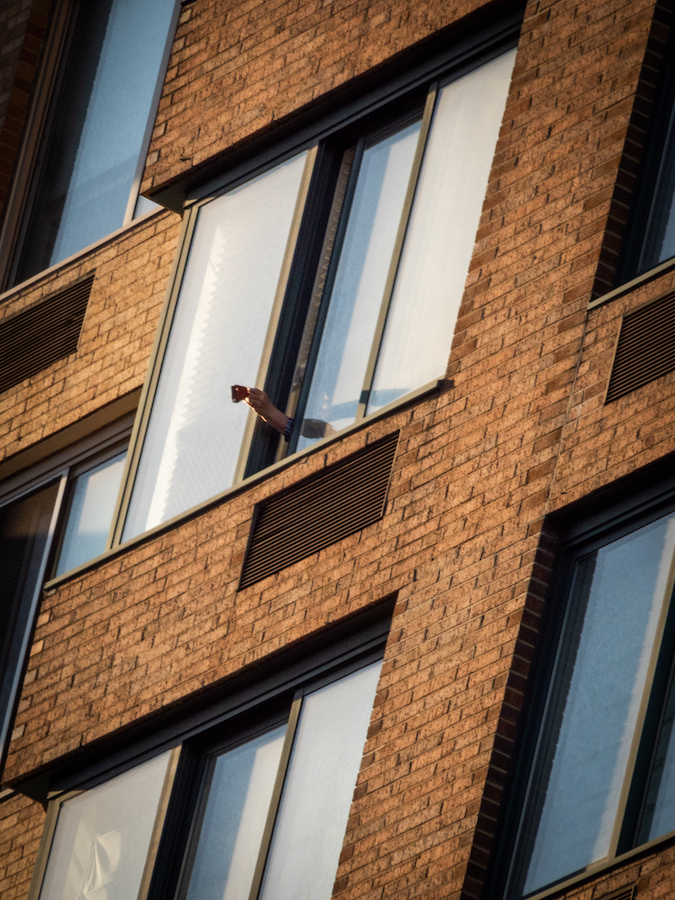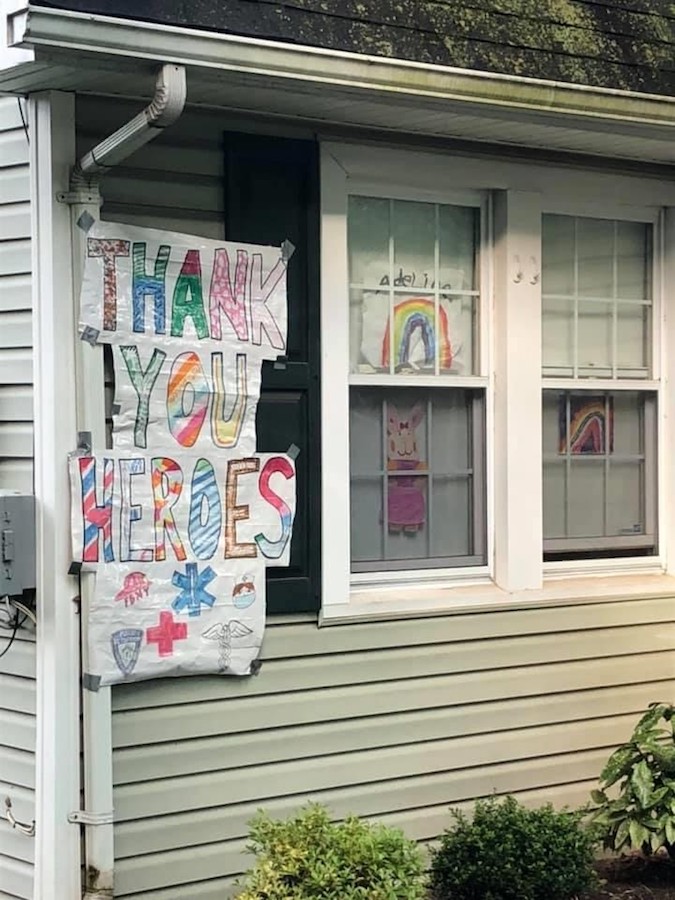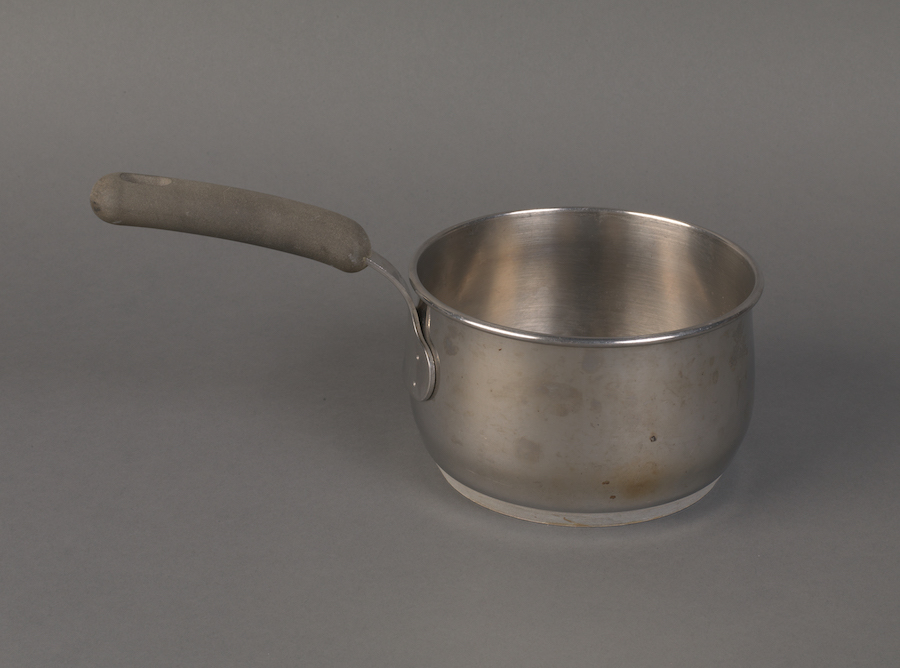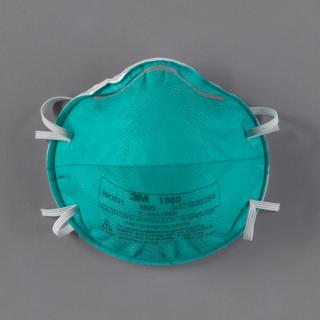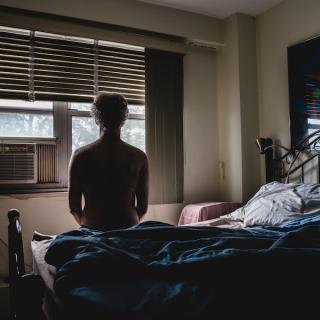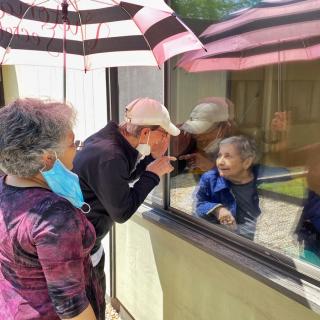Clapping
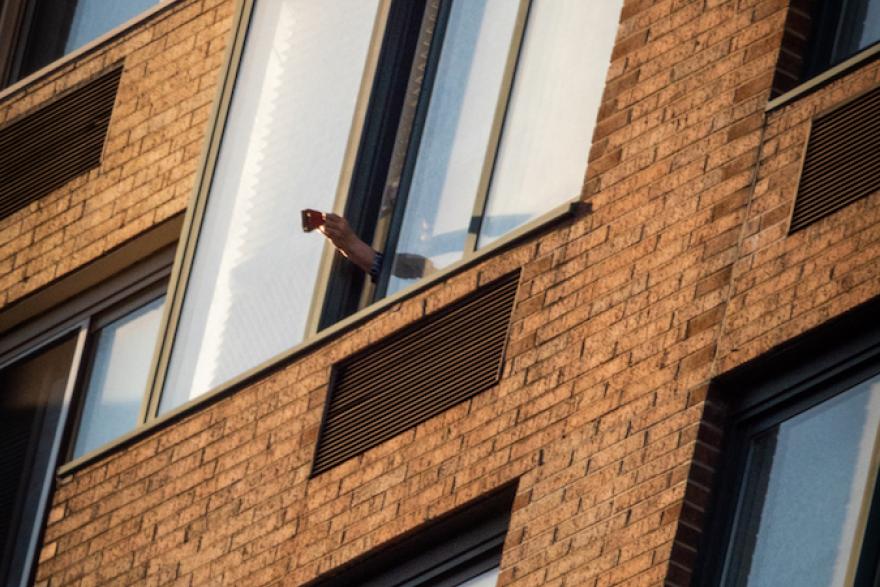
Clapping
New Yorkers held their first clapping demonstration on Friday, March 27, only seven days after the statewide lockdown mandate. Nurses, doctors, and emergency workers on the front lines were putting their lives at risk while trying to keep the rest of the city safe. In many communities, clapping and banging pots at 7 p.m. became a way to thank these essential workers for their service and sacrifices.
Explore the exhibition—return to all themes or return to the online exhibition.
"Day 95: the 7 p.m. salute to our healthcare workers is still going strong..."
Russ Rowland
June 18, 2020 (posted on Instagram)
Courtesy of the photographer
The photographer explains, “What caught my eye: the lone hand with a bell in a sea of windows making their salute known. It was part of a ritual: for many months, every night at 7 p.m., New Yorkers would take to the streets, lean out of windows, and stop in their tracks to applaud and salute our healthcare workers.”
["Thank You Heroes" sign on a house in Staten Island]
Susan Smith-Peter
June 19, 2020
Courtesy CUNY College of Staten Island
The photographer writes, “I took this photo during the early days of lockdown, when I felt very disoriented. I’m a professor at CUNY and we had just transitioned to teaching online, something I had never done before. I walked around my neighborhood on Staten Island a lot, trying to get my bearings.
“I found this house to be a hopeful sign. It reminds me of the outpouring of appreciation that New Yorkers had for essential workers at the start of the pandemic. It also gives an outer borough flavor because it’s a house that could be anywhere in the country. That is usually not how New York City is portrayed, but it is as much a part of the city as the Flatiron.”
[Pan used to cheer for essential workers at 7 p.m.]
Meyer Corporation
c. 2015
Museum of the City of New York. Gift of Marjorie Rothenberg, 2020.16.1.
The donor writes, “This pan was part of a set I received as a wedding present in 1993. So, it was a well-used pan to begin with. When we started to hear the 7 p.m. salute to our essential workers, I wanted to use something loud – something that would really express my gratitude for the nurses and doctors and delivery folks and everyone who had the courage to continue working knowing they were facing an enemy, an enemy that painfully devastated families, an enemy they didn’t even understand or know how to fight. I felt the worst for the nurses who tend to people every day and are used to seeing generally healthy patients getting better and going home. I took the pan out with a big spoon and whacked that thing as hard and as best as I could.
“At 7 p.m., on 10th Street in Brooklyn, where I live, all our neighbors came out and stood at the top of our stoops to shout, bang tambourines, and just yell. It was a great joy to see the faces of our neighbors and to let loose after days spent indoors. We could hear the shouts, whistles, and car horns that rang out all around us every evening. Even our big dog started howling along with the neighbors; even the dog sensed there was something to shout about.
“One day, I turned the pan over a saw I had made permanent dents on it. Here was proof of this crazy moment.
“I have to say that the joyousness ended on our block pretty much in the days following the death of George Floyd. It suddenly felt very wrong to continue to celebrate our worker heroes, even for a few moments, after we had all witnessed the callous murder of another human being on the nightly news. It was then that the next chapter of the pandemic began for us.”
View More Themes
Masks
Wearing a mask became an opportunity for personal expression – whether in the form of levity or as a message of protest.
Isolation
For the first time in the city’s modern history, isolation became a constant for millions of gregarious New Yorkers.
Coping
Keeping healthy, connecting with loved ones, and avoiding boredom became tools for sanity amidst the tragedy.
